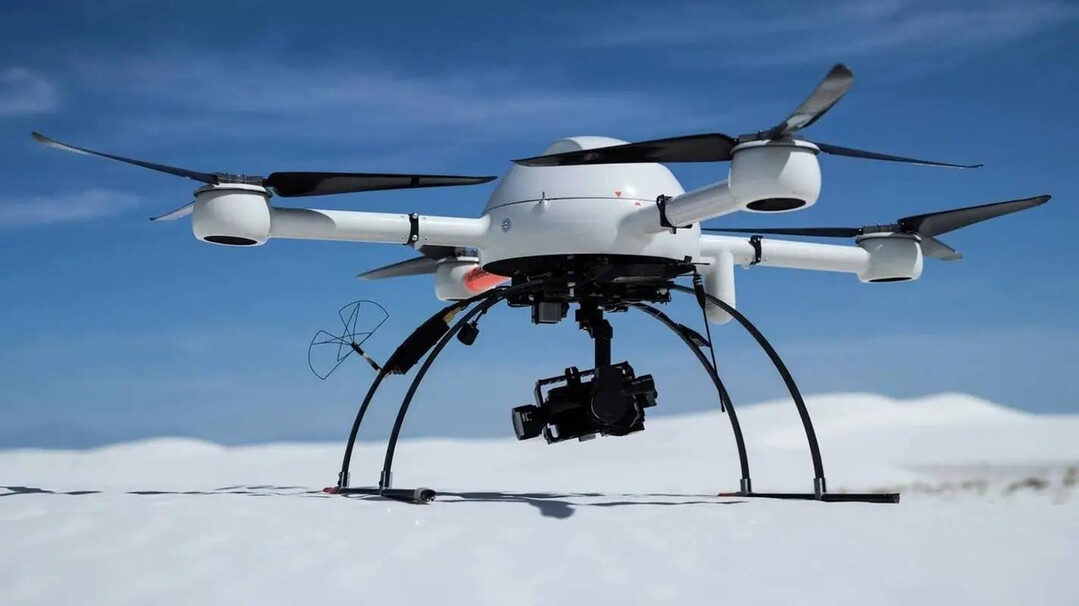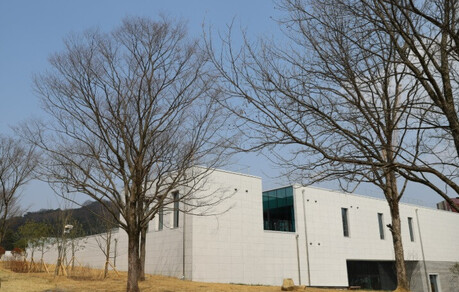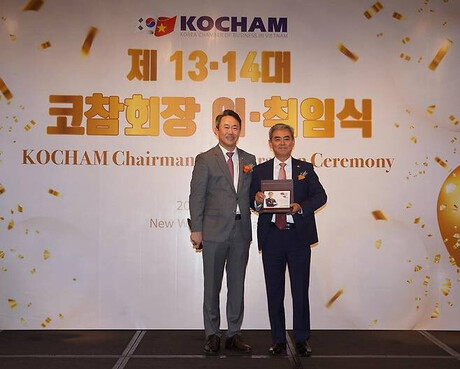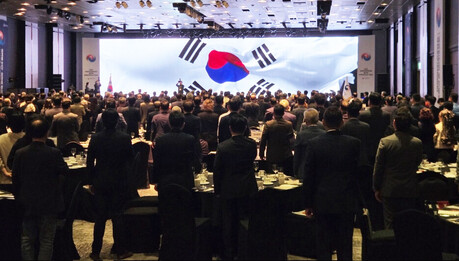
The daunting and majestic slopes of Mount Everest are on the cusp of a significant transformation as drone technology is being increasingly deployed for equipment transport and potential rescue operations. 1 This innovative approach promises to alleviate the perilous burden carried by Sherpas and usher in a new era of safety and efficiency on the world's highest peak.
As reported by the BBC, Airlift Technology, a Nepalese drone technology startup, has been rigorously testing the capabilities of unmanned aerial vehicles (UAVs) in the Everest region. Initial trials conducted over the past year focused on transporting essential gear between the Base Camp and Camp I. Building on the success of these pilot programs, Airlift Technology is gearing up for full-scale operations starting with the 2025 climbing season. Their primary missions will include the routine delivery of equipment and the crucial task of waste retrieval, addressing both logistical challenges and environmental concerns.
The arduous trek between Base Camp (approximately 5,364 meters or 17,598 feet) and Camp I (around 6,065 meters or 19,898 feet) typically demands a grueling 6-7 hours of strenuous effort for Sherpas, often carrying heavy loads across treacherous terrain. Airlift's drones have demonstrated the remarkable ability to traverse this 2.9-kilometer (1.8-mile) stretch and return in a mere 67 minutes, showcasing a dramatic reduction in time and physical strain.
The drones, including models donated by Chinese drone manufacturer DJI in April, are capable of transporting vital supplies such as oxygen cylinders, ladders, and ropes. Furthermore, there are promising prospects for their future use in delivering medical supplies and aiding in search and rescue missions. A testament to their utility, the initial trials this year saw the successful removal of approximately 500 kilograms (1,100 pounds) of waste from Camp I to Base Camp. While each drone has a maximum payload capacity of 30 kilograms, for safety considerations, they typically carry around 20 kilograms per flight, necessitating over 40 sorties during the initial cleanup efforts.
Milan Pandey, the lead drone operator for Airlift Technology, explained the operational synergy between the drones and the experienced Sherpa teams. "After the Sherpas scout the climbing routes and radio in the coordinates of locations requiring ladders or ropes, we dispatch the drones to deliver the equipment directly to those points," Pandey stated. "This significantly reduces the time Sherpas spend navigating dangerous icefalls, thereby bolstering their safety."
Looking ahead to the 2025 climbing season, Airlift Technology intends to complete proactive equipment transport before the main climbing window commences. Once expeditions are underway, a significant focus will shift to environmental stewardship through consistent waste retrieval operations.
The impetus for this technological integration stemmed from a poignant experience shared by Mingma G. Sherpa of Imagine Nepal, who tragically lost three fellow Sherpas in a 2023 avalanche. Inspired by the existing use of drones for equipment transport in the Chinese part of Everest, he advocated for their adoption on the Nepalese side, recognizing their potential to enhance safety and efficiency.
The fusion of cutting-edge drone technology with the invaluable experience accumulated by generations of Sherpas on Everest heralds a paradigm shift in mountaineering on the world's highest peak. The anticipated benefits extend beyond enhanced safety and logistical support to encompass significant strides in environmental conservation, paving the way for a more sustainable and secure future for Everest expeditions.
[Copyright (c) Global Economic Times. All Rights Reserved.]






























